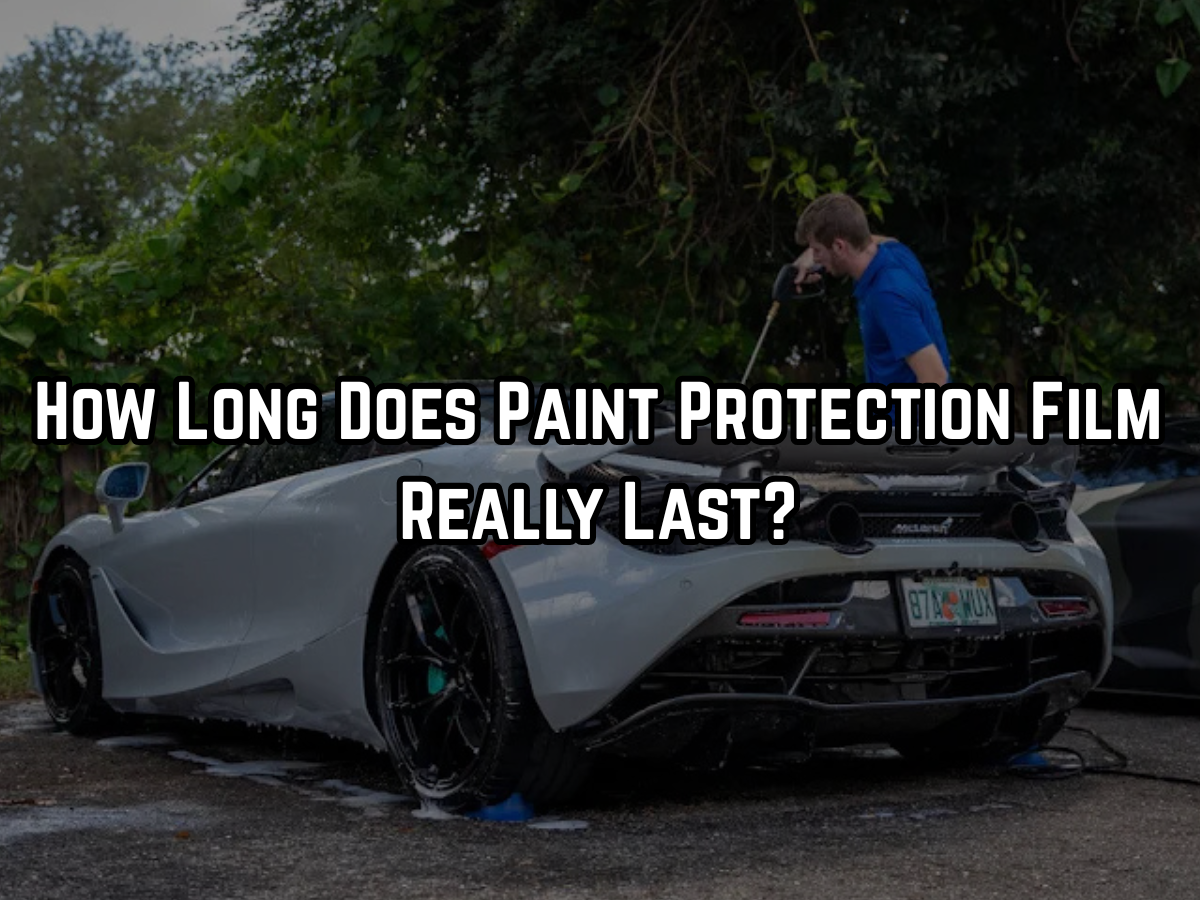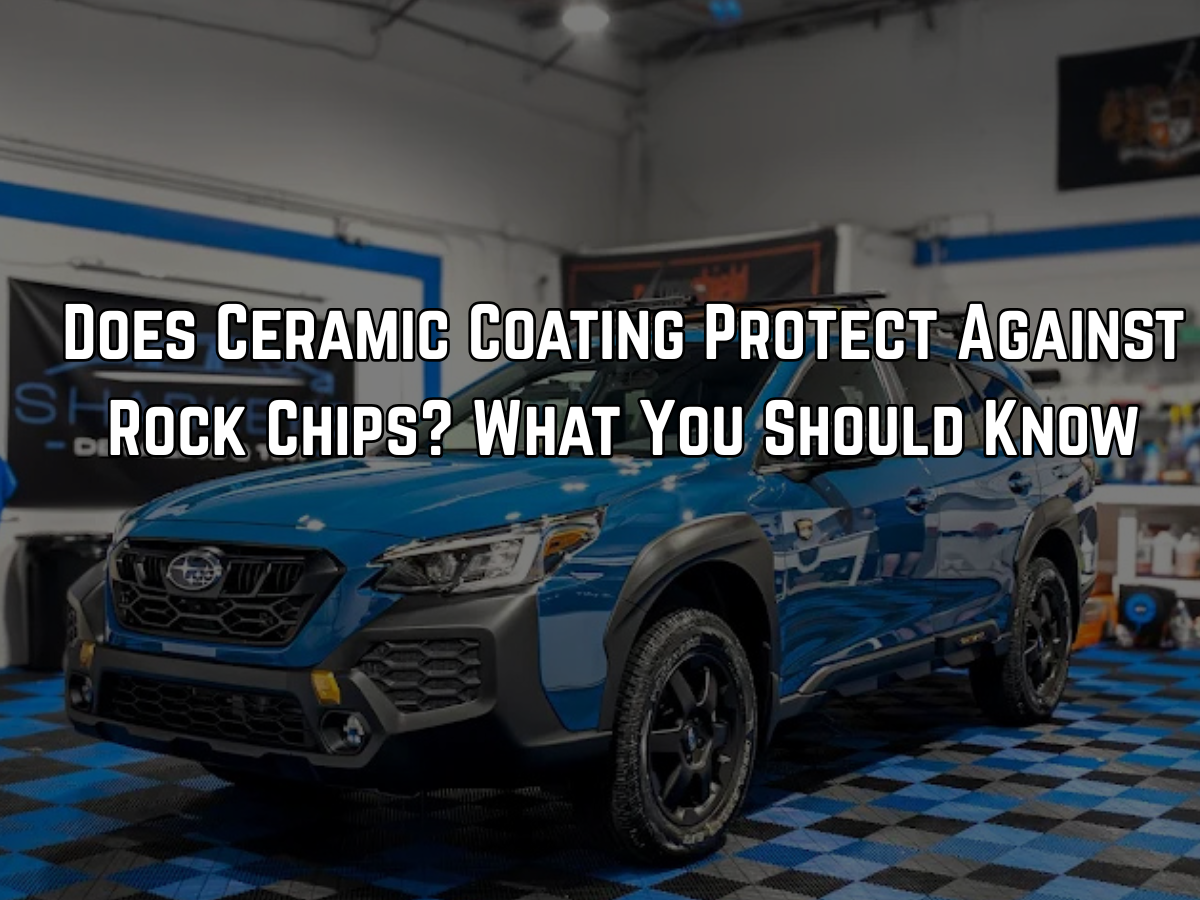Florida Window Tint Laws
What VLT % Is Allowed
Here in Florida, the tint laws differ on what type of vehicle you have. Its basically seperated between 2 groups, Coupes/Sedans and Suvs/Trucks. For all vehicles the law is the same regarding the windshield and front side windows, but it differs on the rear windows. Below we have a chart to show you the differences in whats allowed on each window for every type of vehicle. This chart is telling you the lowest percentage you are allowed to have. For example, A sedans front windows must allow 28% of light in or higher to be legal in florida.
Coupes / Sedans
Rear window - 15%
Back side windows - 15%
Front side windows - 28%
Front Windshield - Non-reflective tint allowed above AS-1 line
Suvs / Trucks
Rear window - 6%
Back side windows - 6%
Front side windows - 28%
Front Windshield - Non-reflective tint allowed above AS-1 line
Takeaways
While the tint laws may seem strict, they're actually not bad. Some states like New York require your front side windows to be tinted at 70% or higher! Now that provides no privacy, thankfully Florida isnt like that. If you decide to tint your vehicle darker than the legal limit then you are taking the risk on getting pulled over for it. The punishment in Florida for illegal window tint is a non criminal traffic infraction and is punishable as a nonmoving violation.
*We do not condone the installation of illegal window tint*
Florida Law Excerpts
316.2953 Side windows; restrictions on sunscreening material.— A person shall not operate any motor vehicle on any public highway, road, or street on which vehicle the side wings and side windows on either side forward of or adjacent to the operator’s seat are composed of, covered by, or treated with any sunscreening material or other product or covering which has the effect of making the window nontransparent or which would alter the window’s color, increase its reflectivity, or reduce its light transmittance, except as expressly permitted by this section. A sunscreening material is authorized for such windows if, when applied to and tested on the glass of such windows on the specific motor vehicle, the material has a total solar reflectance of visible light of not more than 25 percent as measured on the nonfilm side and a light transmittance of at least 28 percent in the visible light range. A violation of this section is a noncriminal traffic infraction, punishable as a nonmoving violation as provided in chapter 318.
316.2952 Windshields; requirements; restrictions.—
(2) A person shall not operate any motor vehicle on any public highway, road, or street with any sign, sunscreening material, product, or covering attached to, or located in or upon, the windshield, except the following:
(a) A certificate or other paper required to be displayed by law.
(b) Sunscreening material along a strip at the top of the windshield, so long as such material is transparent and does not encroach upon the driver’s direct forward viewing area as more particularly described and defined in Federal Motor Vehicle Safety Standards No. 205 as the AS/1 portion of the windshield.




